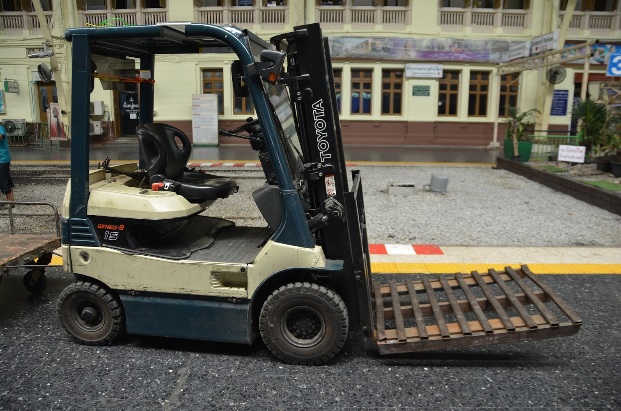Boost Fork Lift Truck Safety in 2019
- Written by News Company
Pedestrians are at an even higher risk - over half of the accidents resulting in injuries or deaths involved them, which highlights the need for a clear of separation of pedestrian and vehicle areas in warehouses and factories. It is particularly important in loading bays, where people and vehicles have to work together in a confined and often busy space.

People injured by these vehicles can suffer some catastrophic injuries, including complex breaks and fractures, dislocations, amputations, deglovings and worse. There are very rarely no injuries in a forklift accident - coming away from one alive is about the best you can hope for - if you’re lucky.
The reason why there are so many accidents is that people become complacent and standards drop around them, for one reason or another. Perhaps it is because of their relatively small size, or maybe it is because employers and workers are prioritizing productivity, output, and profit over safety. Whatever the reason, it is crucial to offer proper training to anyone who may have to work in the vicinity of one - drivers, warehouse workers and anyone involved in organizing forklift hire.
Some basic safety tips for using a forklift include:
Wearing appropriate clothing and footwear: In a warehouse or factory environment, everyone should be wearing high visibility jackets or bibs, steel toe capped boots and hard hats, at a minimum. Clothing should be well fitted, as anything loose or dangling can get caught up in machinery.
Examine equipment before using it: Operators should always carry out a routine check before using machinery to check for faults. Basic ones include tires, breaks, steering, control, and warning lights or alarms. If any problems are picked up, they should be repaired before it is used.
Consider the environment: Clear boundaries should be made between forklift roadways and pedestrian areas. All the signs should be observed, with lights and sounds used to warn people of their movement.
Stick to the speed limit: Just like on public roads, the speed limit is there to protect everyone; don’t exceed it!
Check your load is safe and secure: Ensure it is loaded on correctly and evenly across both forks and they are not titled forwards. If you need to, use binding or rope to secure it further.
Take care on ramps: Move up ramps in a forward facing direction and travel down them in reverse, and do not load or unload goods, or turn when on an incline as there is less stability.
After use: Check that the brakes are on securely, it is parked in a designated area, the forks are on the floor and the key is removed.
Image credit

